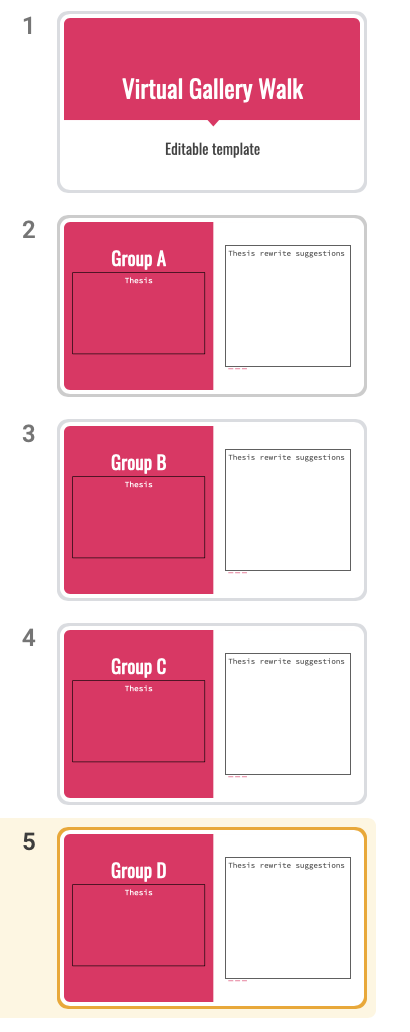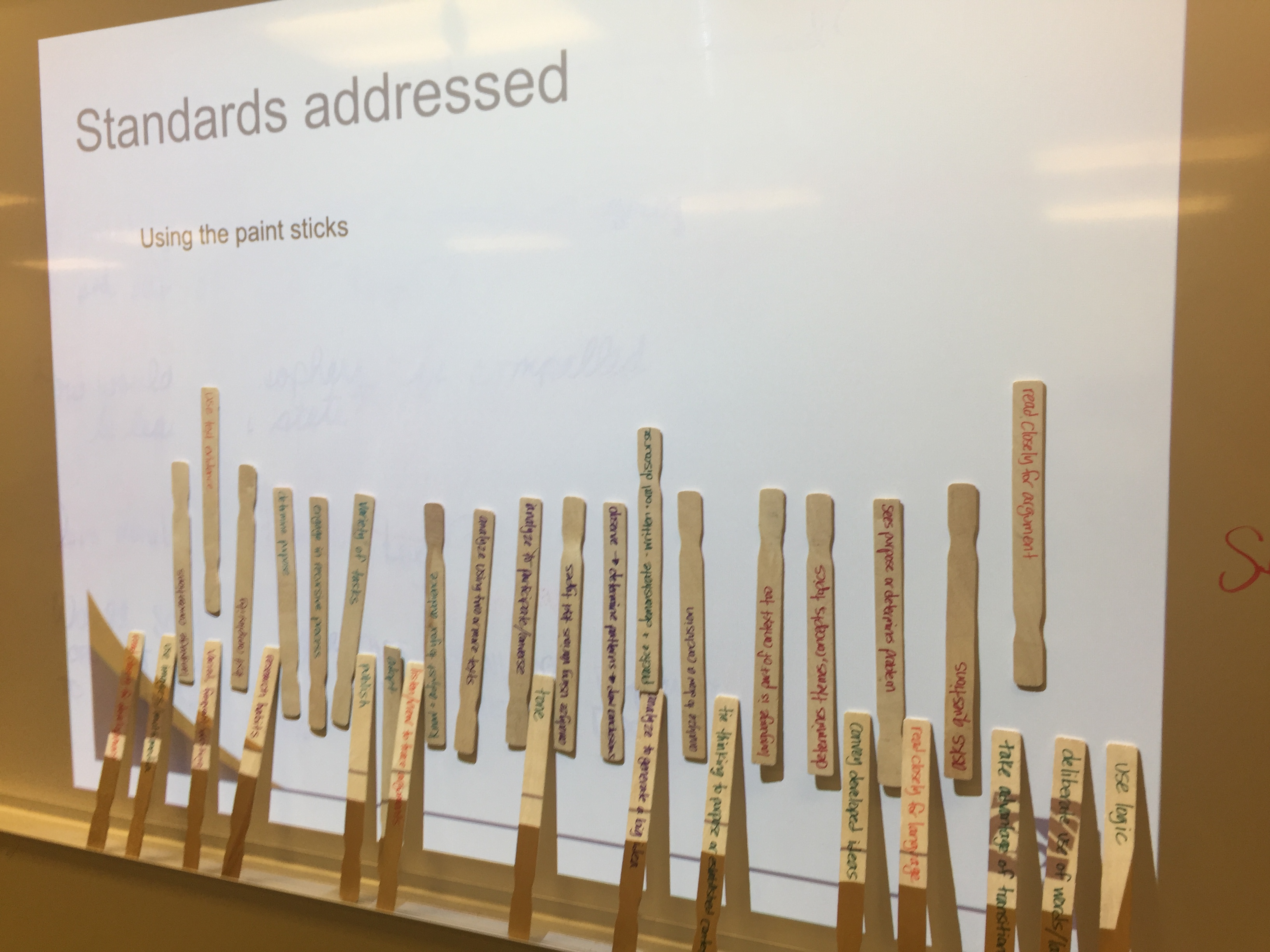I wrote this in June for PBS Education on the PBS Teachers Lounge blog. JUNE 04, 2020
I am a white mother and educator. For decades in school I have taught “Letter from a Birmingham Jail” and The Autobiography of Malcolm X. Unfortunately, for many of my students, the suffering often seems abstract and they falsely believe these are stories from a distant past. But, racism didn’t end with the Civil Rights Movement. It is an ever present, persistent evil that impacts us all in every aspect of our daily lives. Wishing and hoping that systemic racism will just go away–or believing that it doesn’t exist in our own communities–is its own form of violence. And recently I have been asking myself if I’ve made this point clearly enough in my teaching practice.
It should not have taken the recent brutal murders of George Floyd, Ahmaud Arbery, Breonna Taylor and Tony McDade, at the hands of police, to spark our consciousness. But it has, and this is now the time for me, and for other white parents and educators like me, to sit up, take notice, listen to Black communities, talk to our children and demonstrate anti-racist actions. This is not a time to be dismissive, but instead it’s time for us to reach out, support in every way possible and take meaningful action. I am taking action to build a better future for my children and the children in my care. As a parent and educator I can help dismantle systemic racism. As I continue my own journey of learning about, and committing to, anti-racist action, here’s what I believe we can do as educators to support meaningful change.
Our words must match our actions
Frankly, what we have done in the past has not worked. If our society had dismantled systemic racism, then we would not be seeing the necessary unrest that we see today. Our rhetoric needs to match our actions. As I think about what I do as an educator and as a parent, I am not 100 percent confident that my rhetoric and actions have always matched. But when I know better, I do better. I have friends, writers and public figures whose words I listen to, whose words I reflect on, and whose words I take to heart in order to support the change that needs to happen in our society. But it’s not enough to read and reflect on those words, I must put those ideas into action.
We must broaden representation in classroom reading
When I reflect on my teaching practice and consider the words that I teach – the novels I use in my classroom, the authors whose works I use on a regular basis–it is clear that I have not had enough Black, Indigenous, or People of Color representation in my curriculum. On reflection, I have not ensured that every student who sits in a seat in my classroom has felt that their experiences were reflected in what we read. As a high school English teacher, I know that the white savior trope dominates our canon of American literature. I need to do a better job of including more writers who are Black, Indigenous, and People of Color. People like Maya Angelou and Zora Neale Hurston, people like Amy Tan and Ta-Nehisi Coates, people like Jason Reynolds and Chimamanda Ngozi Adichie, people like Sandra Cisneros and Junot Díaz, people like Celeste Ng and Ted Chiang, Langston Hughes and Cleo Wade, Sherman Alexie and Leslie Marmon Silko.
We must embrace tough conversations
First, we must be better listeners. It is time to de-center myself, my stories and my experience, especially when talking about race and racial justice. This is not about me; it’s about my friends, colleagues, and community. We must be disciplined and listen to the stories and experiences of others. Listening means not interjecting my point of view or saying anything that might invalidate the experience of others. I listen to People of Color on the news, I read their words in books and on social media. I listen with the intention of hearing what they have to say so I can create a connection and an understanding. I listen to the conversations students have when they are in my classroom and I find teachable moments when the conversation needs to change. I do not pretend I don’t hear it. Even if this may feel uncomfortable, we need to have these conversations. I listen to the questions my own children have about race and I answer truthfully and transparently. I acknowledge the mistakes I have made as well as the mistakes others make, and we talk about ways to actively change hearts and minds.
We must explore different ideas, and listen with intention to change
I talk openly about race issues, not just on social media but with people in real life. I initiate conversations (but only if they want to talk) with non-white friends, colleagues, and students, and I actively participate by asking questions to gain understanding. Not everyone in a cultural group feels the same way and by asking questions I can explore different ideas. Again, this requires being present in the conversation, and listening to learn. I talk to my students about racial stereotypes, about how so much of what we read in class overwhelmingly has white characters and about how literature supports learning empathy for others. As a parent, I talk to my children about current events, about historical events, about implicit bias and overt racism. I talk to them about the importance of speaking up, listening, and learning.
We must commit to constant self reflection and admit our own bias
I’m still learning. I am learning how much words matter. I love To Kill a Mockingbird but it is one of many books that uses the White Savior trope – as a society we have so much exposure to this idea that white people have to step in and save Black people. This reinforces that idea that Black people need to be saved by white people. Through my own reflection, I understand how this trope is harmful. True allies don’t seek to “solve and save,” instead we stand beside our Black friends and colleagues, build empathy, amplify their voices, and stand up alongside them. I now constantly check my thoughts, and question even those that are fleeting: are my ideas influenced by bias, white supremacy and racism? I recently read this from Greater Good Magazine, and it stayed with me: “Admitting that we are all subject to biases creates a safer space to examine them more carefully and take steps to fight them…”
We must use media to strengthen understanding
I’m still learning about cultural appropriation, implicit bias and the historical events that have gone largely ignored, but which have inevitably led our country to this moment. Education plays a role in change. My own learning has been shaped by I Know Why the Caged Bird Sings, The Autobiography of Malcolm X and Invisible Man, and more recently, titles like Stamped, Just Mercy, The Hate U Give, Monster, and Dear Martin. These are books I can pass along to my colleagues, my high school students and to my own sons. I watch movies with my family like Akilah and the Bee, Raising Dion, See You Yesterday, Hidden Figures and BlacKkKlansman. I’m learning from podcasts such as Code Switch and Seeing White and my children and I listen to them at home and in the car.
I’m learning why and how Black communities are disproportionately impacted by Covid-19. I’m learning how and why Black people, especially Black men, are disproportionately killed by police. I’m learning and sharing the names and circumstances of the deaths with my children. I’m learning that I need to support organizations like the NAACP that actively support change. I’m learning that I need to show up.
We must keep doing the work
There is no quick fix for systemic racism. It requires continued, ongoing effort to dismantle white supremacy. But I also have hope. With our combined voices and our combined intelligence, we fight for racial justice and usher change. My Black students, colleagues and friends are in pain. As a white person, as a mother of white sons, as a white educator, it is incumbent on me to be more aware, to learn more, to empathize, to listen and to support others as we work to dismantle white supremacy and forge a new way forward.
More Resources
- ‘Raising White Kids’ Author On How White Parents Can Talk About Race
- Confronting Anti-Black Racism Resources
- Death of George Floyd sets off massive protests
- The 1619 Project
- The 1619 Project Curriculum
- Teaching About Race, Racism and Police Violence
- Social Justice Booklist
- Social Justice Booklist – Young Adult Fiction
- Resources from Educolor




 I could have written this. Ask a Tech Teacher’s post of the top ten myths about tech is perfect and accurately captures all of my frustrations when talking to other teachers about how to integrate technology into high quality instruction.
I could have written this. Ask a Tech Teacher’s post of the top ten myths about tech is perfect and accurately captures all of my frustrations when talking to other teachers about how to integrate technology into high quality instruction.